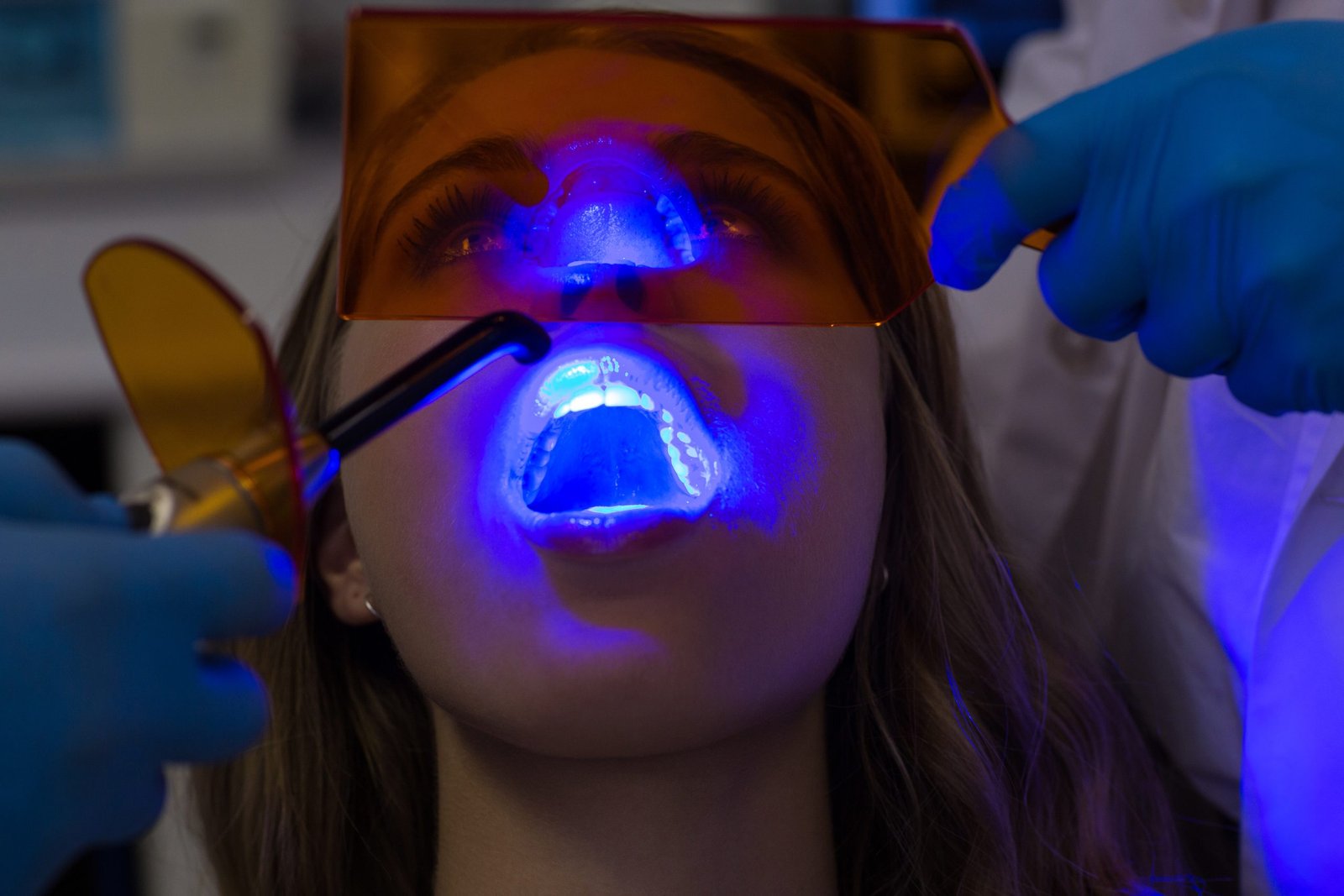-
Email
info@fg.com -
Phone
+90216 533 90 04 -
Location
Site Mah., Cevahir Cd. No:13/A, 34760 Ümraniye/İstanbul
© Alrights reserved
by Dr. Fikret Genç
- Support center
Phone
+90216 533 90 04Location
Site Mah., Cevahir Cd. No:13/A, 34760 Ümraniye/İstanbul© Alrights reserved
by Dr. Fikret Genç
A broad spectrum of surgical procedures that target the intricate structures of the face, jaw, and neck are included in maxillofacial surgery. In addition to treating functional issues, this specialty of surgery is vital in providing patients with complete care for problems that affect their quality of life. This article explores the complexities of craniofacial surgery, providing a comprehensive overview of this vital medical field by highlighting its scope, advantages, and procedural specifics.
Oral and maxillofacial surgery, also referred to as maxillofacial surgery, is a subspecialty of surgery that focuses on the diagnosis and treatment of illnesses, traumas, and deformities affecting the jaw and face. This specialty manages a wide range of illnesses, from traumatic injuries to congenital anomalies and severe dental disorders, by combining knowledge in medicine and dentistry. Surgeons specializing in maxillofacial disorders are specially trained to execute complex surgeries that improve appearance, function, and general health.

This raises quality of life by making it easier to breathe, chew, and speak.
Improves face symmetry and corrects abnormalities to increase self-confidence.
Reduces discomfort brought on by misaligned jaws, TMJ problems, and other ailments.
Preserves oral health by addressing problems that could cause further dental concerns.
Offers complete care to patients with facial trauma, promoting the best possible recovery and restoration/
There are several types of dental implants designed to meet varying patient needs:
These are the most common type, directly placed into the jawbone. They consist of screws, cylinders, or blades and are suitable for patients with sufficient jawbone density.
Placed on top of the jawbone beneath the gum tissue, these implants are used when the jawbone is unable to support traditional implants. They are attached to a metal framework that protrudes through the gum to hold the prosthesis securely.
A specialized type used when traditional implants are not feasible due to bone loss in the upper jaw. These implants anchor into the zygomatic bone (cheekbone), offering stability and support for dental prostheses.


Accidental or physical altercation injuries can lead to fractures, cuts, and other harm to the soft tissues and bones of the face.
Misalignments of the jaw, including underbites, overbites, and crossbites, can impair speech, chewing, and the appearance of the face as a whole.
Treatment of cysts, tumors, and other pathological conditions within the oral cavity and jaw.
Remedial of congenital deformities that affect both appearance and function, such as cleft lip and palate.
Treating conditions affecting the temporomandibular joint that result in discomfort, dysfunction, and restricted movement of the jaw.
This involves building the jawbone to support dental implants.


Procedure for Surgery The particular surgical methods employed will change based on the ailment being addressed. Typical practices consist of:
• Fracture Repair: The use of plates, screws, or wires to realign and stabilize fractured facial bones.
• Jaw Surgery: realigning the jawbones to improve function and aesthetics by correcting misalignments.
• Tumor Removal: Reconstructing the impacted area after removing abnormal growths.
• Soft Tissue Repair: Treating lesions or impairments in the skin, muscles, and other soft tissues of the face.
Recovery Following Surgery
Depending on the intricacy of the procedure, the first recuperation usually requires a one to multiple day hospital stay. During the early stages of healing, patients may feel pain, bruising, and swelling. There will be a detailed post-operative care plan given, with guidelines for diet, dental hygiene, and activity limitations.
Aftercare
To track healing, handle any issues, and guarantee the success of the surgery, follow-up appointments are crucial. To get the greatest result possible, further therapies like physical therapy or orthodontics could be suggested.
Recovery and Long-Term Outcomes
The particular treatment used and the patient’s unique circumstances will determine the healing period and long-term results of maxillofacial surgery. While complete healing and stabilization of the surgery site usually take many months, initial healing usually takes a few weeks. To guarantee the best outcomes, patients are urged to adhere to all post-operative care recommendations and schedule frequent follow-up sessions.
Candidates for maxillofacial surgery frequently deal with diseases or symptoms that have a major influence on their day-to-day functioning.
Surgical indications include:
• Persistent pain or discomfort brought on by TMJ issues or misaligned jaws.
• Functional issues including trouble breathing, speaking, or chewing.
• Facial trauma resulting in functional disability or deformity.
• The existence of pathologies of the mouth that need surgery.
• Aspire to attain a balanced appearance and enhance facial attractiveness.

A crucial field that treats a wide range of disorders involving the jaw, neck, and face is maxillofacial surgery. Maxillofacial surgeons can help patients regain function, improve appearance, and live better overall by using cutting-edge surgical techniques.
See a trained professional such as Dr. Genç if you are facing problems that might necessitate maxillofacial surgery so that you can discuss your alternatives and a personalized treatment plan.
Schedule a consultation today to take the first step towards improved health and confidence.

With a profound commitment to innovation, Fikret Genç continuously advances techniques and treatments in oral and maxillofacial surgery.
© 2022 – 2025 | Alrights reserved by Fikret Genç
© 2022 – 2025 | Alrights reserved by Fikret Genç